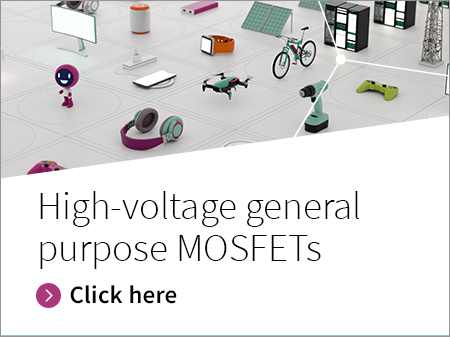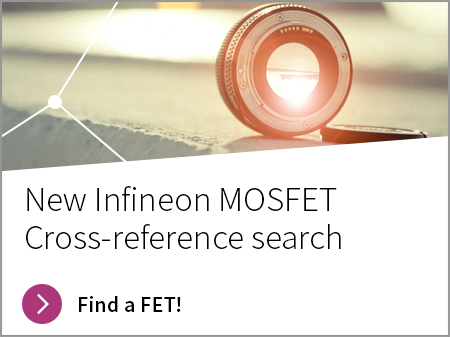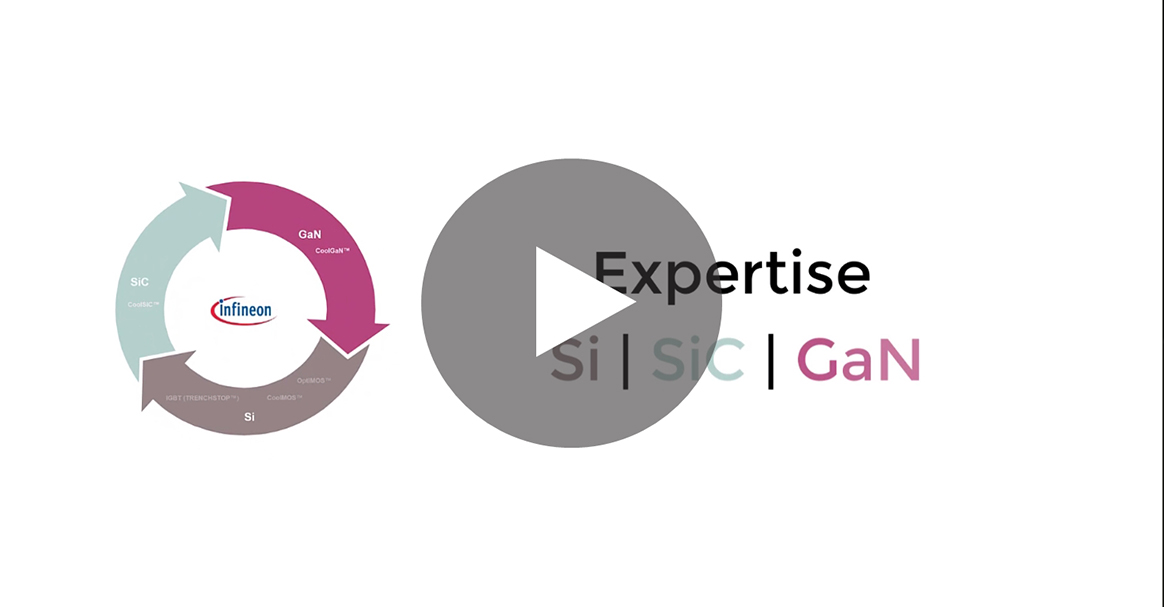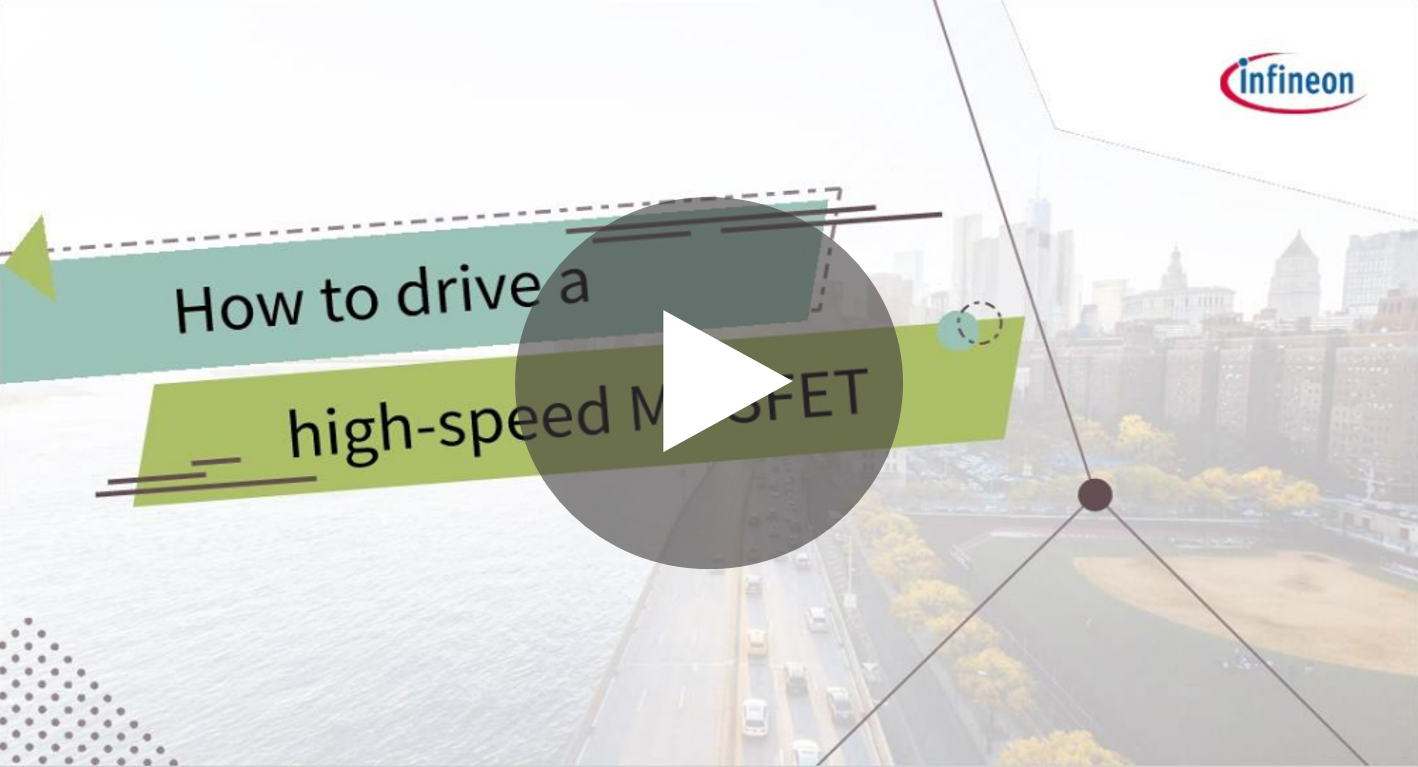500V-950V CoolMOS™ N-沟道功率 MOSFET-英飞凌infineon官网
应用广泛的创新型 MOSFET 晶体管 —— 了解更多有关 500 V - 950 V CoolMOS™ N 沟道 MOSFET 产品系列的信息
CoolMOS™ N 沟道 MOSFET 产品系列应用广泛,适合低功率至高功率应用。英飞凌 MOSFET 晶体管在易用性、出色性能与价格优势之间取得了巧妙平衡。
此外,汽车级超结 (SJ) MOSFET 还具备高现场可靠性,符合汽车应用使用寿命的要求。英飞凌旗下的 600 V、650 V 和 800 V N 沟道功率 MOSFET 不仅可缩小汽车应用体积,还能提升其性能。
英飞凌还提供多种针对高、低功率应用的创新型封装解决方案,其中包括超小尺寸的 ThinPAK 无引脚 SMD 封装,高度低至 1 mm。
高压超结 MOSFET 可满足诸多消费级应用需求,如智能手机/平板电脑充电器、笔记本电脑适配器、LED 照明、家用电器驱动器、音响和电视电源。超结 MOSFET 日益取代了厂商所用的标准 MOSFET,为终端用户带来更高效率与更低功耗等优势。CoolMOS™ P7 兼顾卓越性能与优惠价格,为市场树立了全新标杆。
该系列 MOSFET 涵盖 600 V、650 V、700 V、800 V 及 950V 电压等级的型号,具备出色的换向稳健性,在提高效率和易用性的同时,还可大幅降低开关和导通损耗。CoolMOS™ PFD7 作为全新系列产品,推动了高密度充电器/适配器及低功率电机驱动器的前沿技术革新。
此外,针对服务器、电信、计算机电源、太阳能、UPS、电动汽车充电等众多工业应用,英飞凌新推出 CoolMOS™ 7 超结 MOSFET,其 C7、G7、CFD7、P7 和 S7 产品系列均可满足应用需求。选择 CoolMOS™ 高压 N 沟道 MOSFET 产品系列,尽享卓越效率与非凡性价比!
英飞凌的工业级和消费级 CoolMOS™ 超结 MOSFET 新增了 600 V N 沟道功率 MOSFET CPA、650 V MOSFET CFDA、800 V MOSFET C3A、650 V MOSFET CFD7A这数个汽车级器件系列,以及近期推出的 S7A CoolMOSTM 汽车 MOSFET。我们的汽车级产品系列性能出众,拥有远超 AEC-Q101 标准的过硬质量,让您在快速增长的车载充电器和 DC-DC 转换器市场中实现飞速发展。
英飞凌根据超结 (SJ) 原理设计研发了市场领先的高压 N 沟道功率 MOSFET,该产品亦包含为满足消费者需求而设计的通用系列,其具备经实践验证的 CoolMOSTM 质量与可靠性,性能同样出色。通过其扩展产品系列,英飞凌可提供 500 V、600 V、650 V、700 V 和 800 V CoolMOSTM CE,600V、800 V 和 900 V CoolMOSTM C3,以及 600V 与 700V CoolMOSTM P7S,产品旨在设计导入过程中实现出色易用性,同时具备优惠价格。
英飞凌 CoolMOS™ 超结 MOSFET 技术享誉业界,凭借其卓越质量与可靠性脱颖而出。在过去数年内,随着 DPM(每百万缺陷数)的不断改善,产品质量已在数十亿个出货器件上得到印证,DPM 降至 0.05 以下。在可靠性方面,相同性能条件下,逾 1.75 亿器件小时中测得的故障率已低于 0.1 FIT。英飞凌通过保质设计方案和持续生产改善,从初期就实施了严密且行之有效的措施。公司的技术、设计、质量、可靠性和制造团队不断积极合作,共同取得了这一成果。上述工作成效建立在所有英飞凌生产基地均已通过 ISO/TS16949 认证的基础上。














